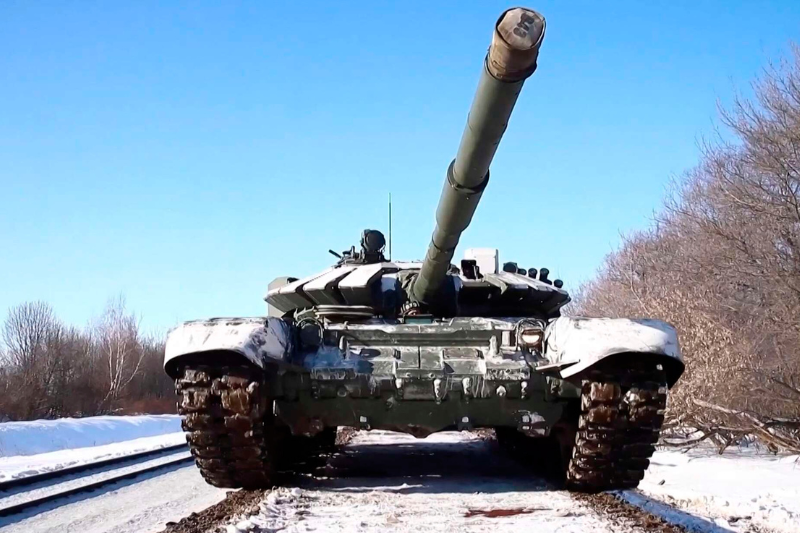By 2021 and 2022, Uganda and Rwanda were the largest importers of Russian weapons, while Ethiopia and Tanzania obtained their military hardware from China, suggesting that the BRICS arms race is indeed underway in eastern Africa. The Stockholm International Peace Research Institute’s (Sipri) arms transfer database confirms this.
While India is the largest armaments buyer in the world and within the bloc, Russia and China dominate the supply, according to Sipri’s August update, which was released just before the August 22–24 Brics Summit in South Africa. Conflicts, arms control, and procurement are topics that Sipri frequently studies and maps. Until the official admittance of six more members, Brazil, Russia, India, China, and South Africa made up the Brics group. The update examined arms transfers for the years 2008 through 2022 to see if this pattern was mirrored in the trade of weapons amongst these countries.
Sipri asserts that commerce among the Brics is expanding and that the group is a significant economic force. Statistics indicate that for the past 14 years, Russia has continued to be India’s primary arms supplier. Moreover, India has been Russia’s top export destination for guns from Russia. France, Israel, and the United States all made gains, the think tank notes, while Russia’s stake decreased from 78 percent in 2008–12 to 45 percent in 2018–22.
China is the world’s second-largest market for Russian arms exports, making up the majority of China’s imports of arms from Russia, according to Sipri. However, as its own armaments sector expands quickly, China is becoming less dependent on imports of weapons, even from Russia. Ranking 36th, 55th, and 63rd for Brazil, South Africa, and Russia, respectively, among the Brics countries, China ranked third, while India remained the world’s top importer of big weaponry from 2008 to 2022.
Russia was the second-largest exporter in the world, behind the United States; China came in at number five. Though their home armies are relatively small, South Africa, Brazil, and India are eager to expand their exports.
Keep Reading
Sipri’s trend indicator values identified Uganda as Russia’s largest market in East Africa in 2022, with purchases of weapons totaling $48 million out of a $55 million import bill. Israel ($2 million), China ($1 million), South Africa ($1 million), and Czechia ($4 million) were its other sources of funding. Rwanda imported arms worth $46 million from Russia, $10 million from Turkey, and $2 million from the US in 2021.
The value of Ethiopia’s weaponry imports from China in 2022 was $35 million, compared to $5 million from Turkey and $6 million from unidentified sources in the year prior. Tanzania purchased $204 million worth of weaponry from France and $29 million worth of weapons from China in 2021.
The only other nations in the region without military supplies received from a BRICS member during this time are Kenya and South Sudan. South Africa supplied weaponry to Somalia and the Democratic Republic of the Congo.
Joining Argentina, Egypt, Ethiopia, Iran, Saudi Arabia, and the United Arab Emirates is intended to expand the group’s shared objectives. Brazil, Russia, India, China, and South Africa founded the bloc in 2009 to challenge Western dominance in geopolitics and to advance peace, security, development, and cooperation.
Due to the growing distance between developing markets’ true place in the global economy and their ability to influence global institutions’ decision-making, scholars believe that the emergence of the Brics will be essential to creating a new global order.

